acrylic-16
Selexible Plastic
10pcs
350mm, 500mm, 700mm, 900mm, 1000mm, 1220mm
0.8mm, 1mm, 1.8mm, 2mm, 2.8mm, 3mm
| Availability: | |
|---|---|
| Quantity: | |
An acrylic see-through mirror is a lightweight, shatter-resistant mirror made from acrylic plastic that allows light to pass through while providing a reflective surface. It's commonly used as a substitute for traditional glass mirrors in various applications, such as architecture, signage, and retail. Acrylic see-through mirrors are durable, easy to cut into different shapes and sizes, and less expensive than traditional mirrors.
Acrylic see-through mirrors, also known as one-way mirrors or two-way mirrors, are made of a polycarbonate or acrylic substrate coated with a thin layer of metal, typically aluminum. This metal coating is what gives the mirror its reflective properties.
The metal coating is applied to the back surface of the acrylic substrate, creating a surface that reflects light back to the viewer, while allowing light to pass through from the other side. The result is a mirror that appears to be transparent from one side, while reflecting light from the other side.
The thickness of the metal coating on the acrylic substrate is typically around 5-10% of the substrate thickness, and is applied using a vacuum deposition process. This process involves heating the metal in a vacuum chamber until it vaporizes, then allowing it to condense onto the surface of the substrate.
The acrylic substrate used in acrylic see-through mirrors is typically optically clear and has a high impact resistance, making it ideal for use in applications where safety is a concern. Acrylic is also lighter than glass, making it easier to handle and install.
Overall, acrylic see-through mirrors are a versatile and durable option for a wide range of applications, including surveillance and security, decorative displays, and special effects in film and television.
For more, you can check the PDF. as below
 Acrylic See-through Mirror Sheet MSDS(material safety data sheet).pdf
Acrylic See-through Mirror Sheet MSDS(material safety data sheet).pdf Acrylic See-through Mirror Sheet Data Sheet.pdf
Acrylic See-through Mirror Sheet Data Sheet.pdf
Acrylic see-through mirrors, also known as one-way mirrors, have a wide range of applications due to their unique properties. Here are some common applications:
Acrylic see-through mirrors are often used in security and surveillance applications. They allow for discreet observation of an area without being detected by those being observed.
Acrylic see-through mirrors are also used in the entertainment industry, such as in haunted houses, magic shows, and other theatrical performances.
Retail stores use acrylic see-through mirrors for their anti-theft measures. They can be placed in strategic locations to monitor customers and prevent shoplifting.
Acrylic see-through mirrors are also used in architecture and interior design, such as in building facades, room dividers, and decorative accents.
Acrylic see-through mirrors are used in laboratories and research facilities to observe experiments and control environments.
Acrylic see-through mirrors are used in the automotive industry as side mirrors on vehicles, as they are lightweight and shatterproof.
Overall, the applications of acrylic see-through mirrors are diverse, making them a versatile option for a variety of industries and purposes.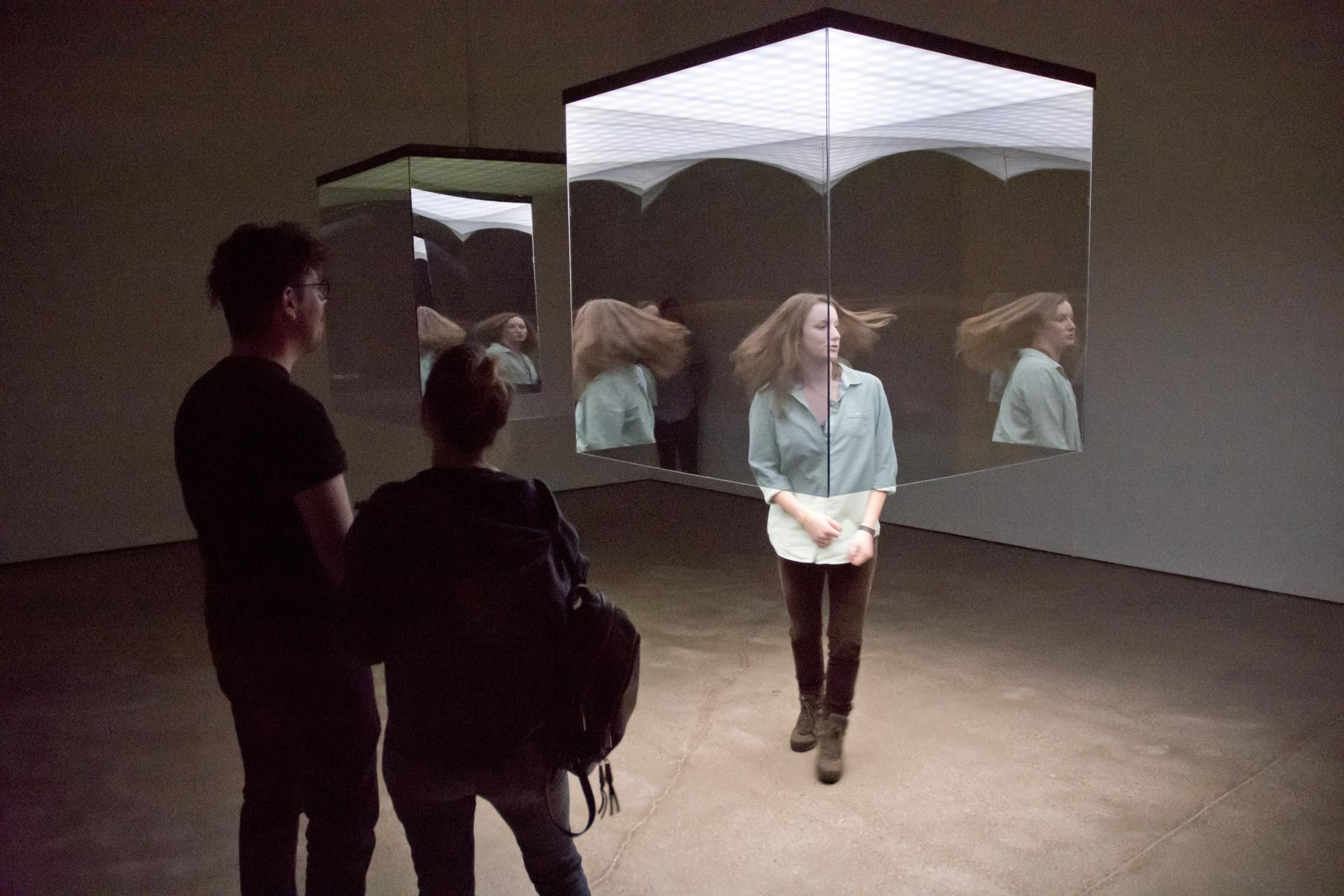
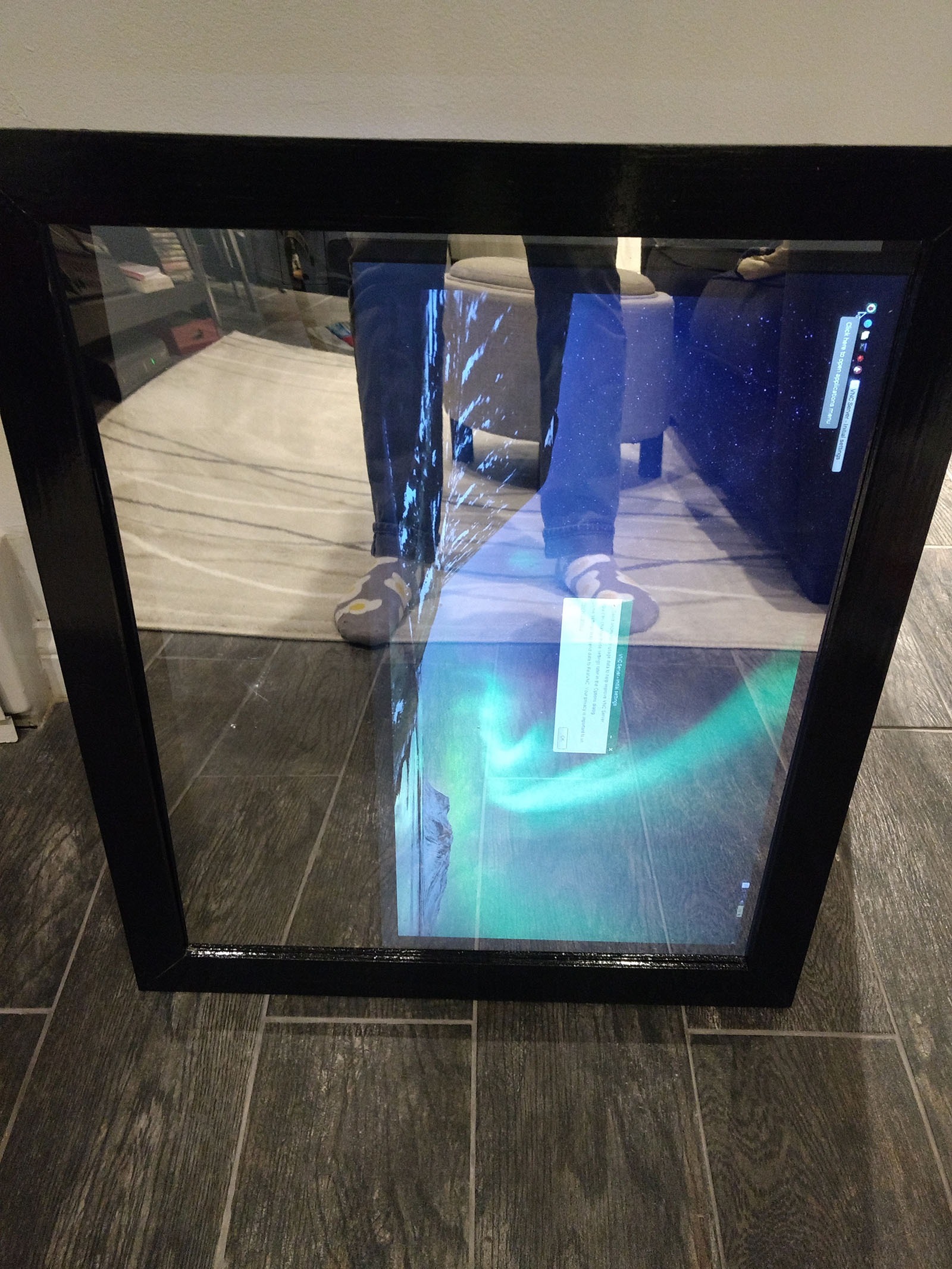
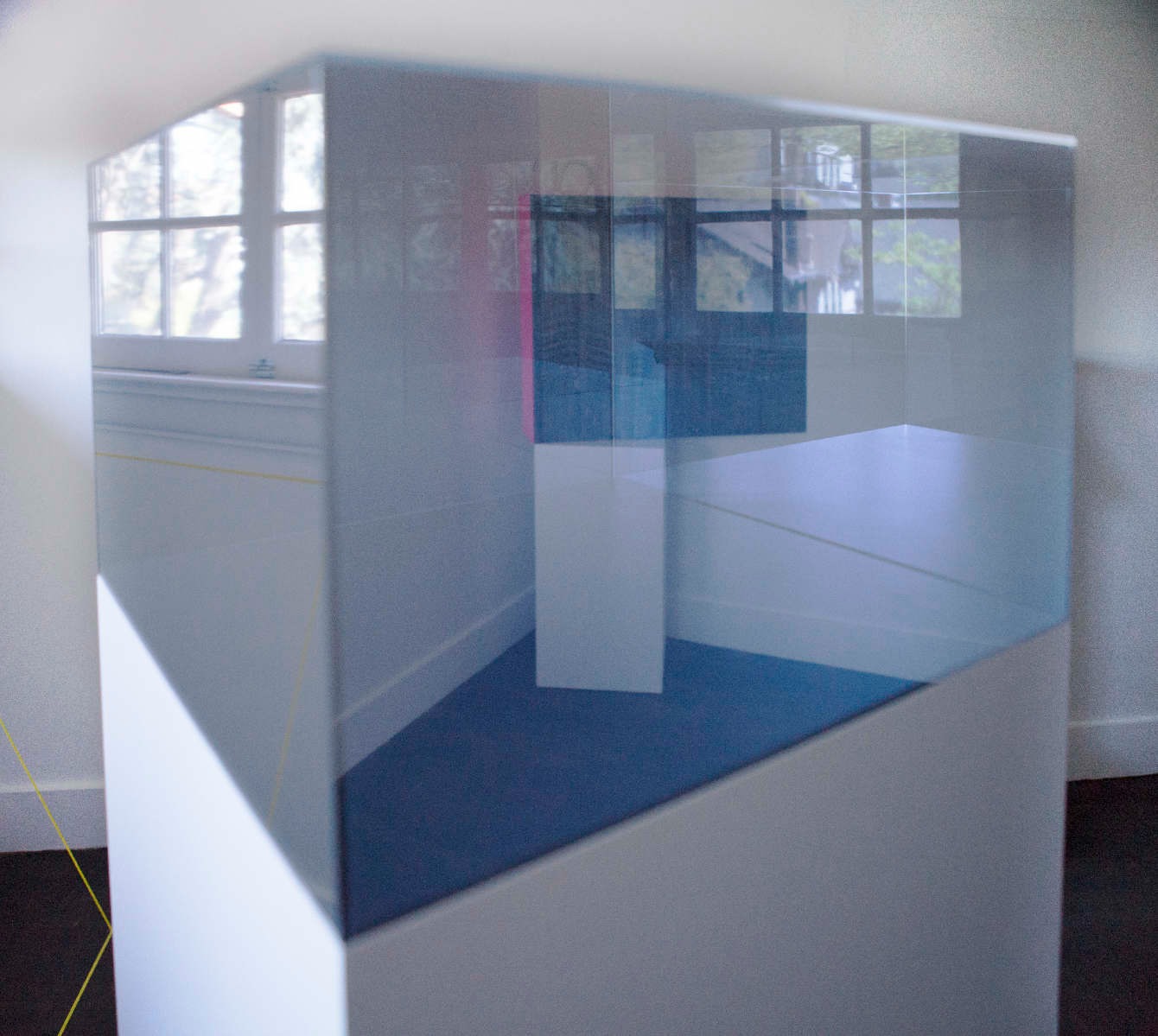
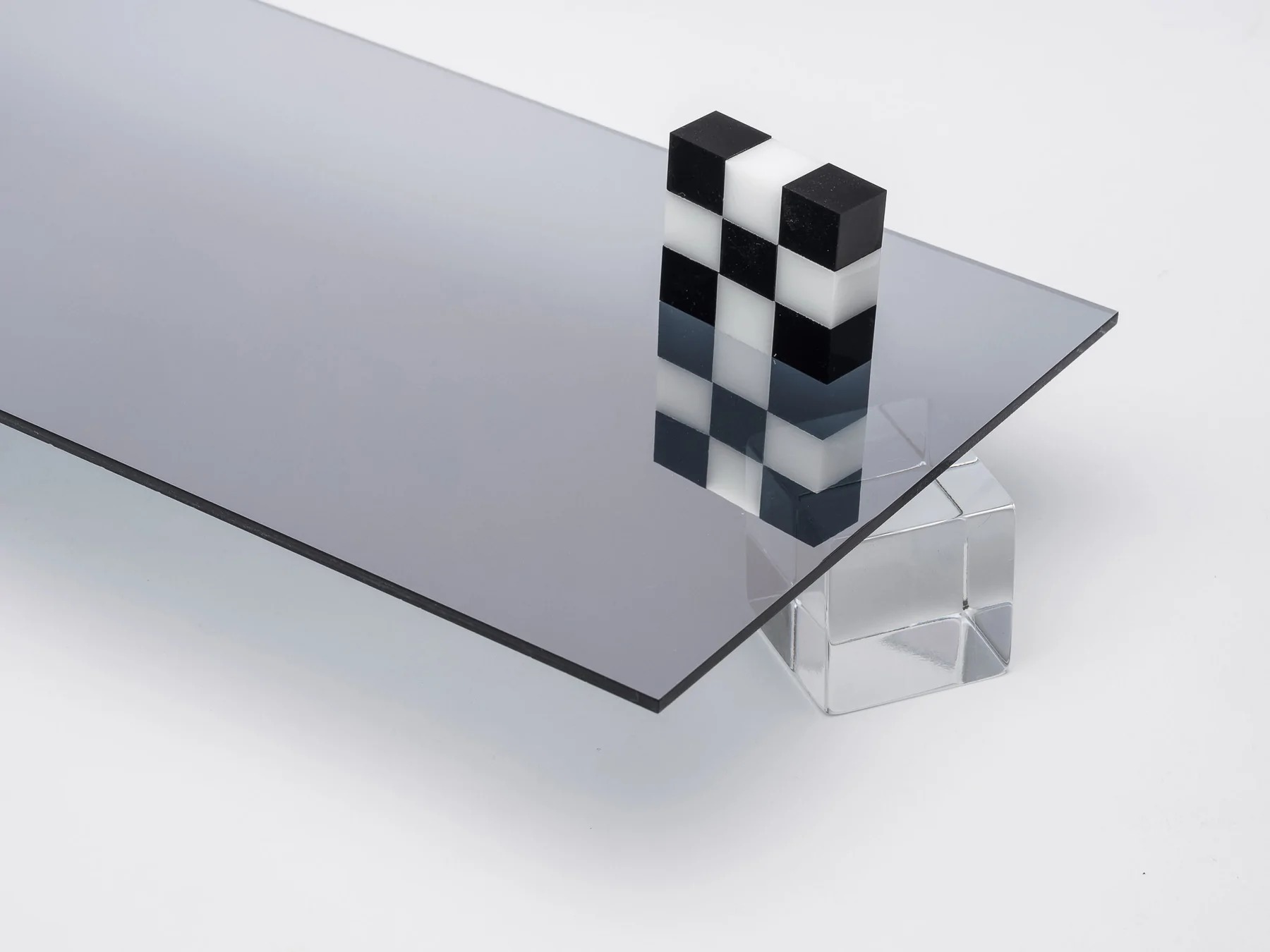
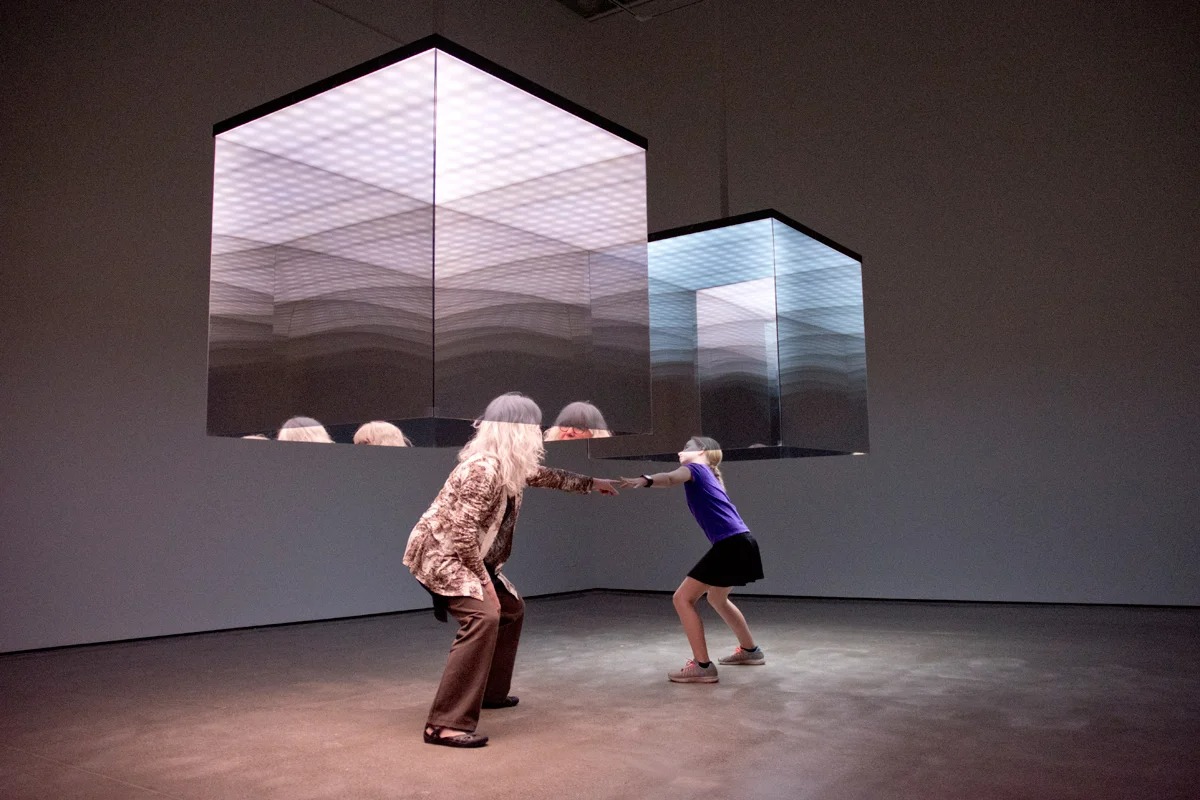
* Export standard package or as clients' request to pack(usually in wooden or plastic pallets)
* We can deliver the goods to port or to door(customer's address) through sea shipping, air shipping or express.



Cutting or engraving acrylic mirror can be done using a laser cutter or a CNC router. Here are some general steps for each method:
Create a design or file for the desired cut or engraving using vector-based software, such as Adobe Illustrator or Inkscape.
Place the acrylic mirror on the laser cutter bed and secure it in place.
Import the design file into the laser cutter software and adjust the settings for the material and desired cutting or engraving depth.
Begin the laser cutting or engraving process, ensuring that the acrylic mirror is not moved during the process.
Create a design or file for the desired cut or engraving using vector-based software, such as Adobe Illustrator or Inkscape.
Place the acrylic mirror on the CNC router bed and secure it in place.
Import the design file into the CNC router software and adjust the settings for the material and desired cutting or engraving depth.
Begin the CNC router cutting or engraving process, ensuring that the acrylic mirror is not moved during the process.
Regardless of the method used, it is important to wear appropriate personal protective equipment, such as safety glasses and gloves, and to ensure proper ventilation in the workspace.
To cut mirror acrylic with a Glowforge laser cutter, follow these steps:
Note that laser cutters can produce fumes when cutting acrylic, so make sure to work in a well-ventilated area and follow all safety instructions provided by the manufacturer. Also, mirror acrylic can be more difficult to cut due to the reflective surface, so it is important to make sure the material is well secured and the settings are adjusted appropriately.
Yes, we can. Please contact with us with the design draft or customized size, we will cut for you. Both CNC and laser cutting is available here.
Cleaning an acrylic mirror is easy and requires minimal effort. Here are some steps you can follow:
Start by removing any dust or debris from the surface of the mirror using a soft, dry cloth. Be gentle to avoid scratching the surface.
Next, prepare a solution of mild dish soap and warm water. Use a clean, soft cloth to dampen the solution and gently wipe the mirror surface. Avoid using harsh chemicals or abrasive materials, as they can scratch or damage the acrylic surface.
Rinse the mirror with clean water to remove any soap residue, and dry it with a soft, dry cloth or a microfiber cloth. Be sure to dry the surface thoroughly to prevent water spots or streaks.
If there are any stubborn spots or marks on the mirror, you can try using a specialized acrylic cleaner or a mixture of equal parts vinegar and water. Apply the cleaner to a soft cloth and gently rub the affected area, then rinse with clean water and dry as usual.
Remember to avoid using paper towels or rough materials, as they can scratch the surface of the acrylic mirror. With these simple steps, you can keep your acrylic mirror clean and looking great for years to come.
Installing an acrylic mirror sheet is a simple process that can be done by following these steps:
Measure the area where you want to install the acrylic mirror sheet. Use a tape measure to get the exact dimensions, and then transfer the measurements onto the mirror sheet using a pencil.
Cut the acrylic mirror sheet to size using a fine-toothed saw or a circular saw with a blade suitable for cutting acrylic. Make sure to wear protective gloves and eyewear during the cutting process.
Clean the surface where you will be installing the acrylic mirror sheet to remove any dust, dirt, or debris. Use a mild detergent solution and a soft cloth to wipe the surface, then let it dry completely.
Apply a double-sided adhesive tape or a silicone adhesive to the back of the acrylic mirror sheet. The adhesive should be evenly distributed along the entire back surface of the mirror sheet.
Carefully position the acrylic mirror sheet onto the cleaned surface, making sure that it is aligned properly with the edges and corners. Press the sheet firmly against the surface to ensure a good bond.
Allow the adhesive to cure for the recommended amount of time, which will depend on the type of adhesive used. Once the adhesive is fully cured, remove any protective film that may be covering the mirror surface.
With these simple steps, you can install an acrylic mirror sheet easily and quickly. Just be sure to take the proper safety precautions when cutting the sheet and handling the adhesive.
We are an factory of mirrored acrylic sheets in China, prices changing with your different request in sizes and thickness, colors, quantity and so on.
For an accurate quotation please contact with us without any hesitate, our sales team will help you to find the best solutions as what we have done during the past 18 years.
An acrylic see-through mirror is a lightweight, shatter-resistant mirror made from acrylic plastic that allows light to pass through while providing a reflective surface. It's commonly used as a substitute for traditional glass mirrors in various applications, such as architecture, signage, and retail. Acrylic see-through mirrors are durable, easy to cut into different shapes and sizes, and less expensive than traditional mirrors.
Acrylic see-through mirrors, also known as one-way mirrors or two-way mirrors, are made of a polycarbonate or acrylic substrate coated with a thin layer of metal, typically aluminum. This metal coating is what gives the mirror its reflective properties.
The metal coating is applied to the back surface of the acrylic substrate, creating a surface that reflects light back to the viewer, while allowing light to pass through from the other side. The result is a mirror that appears to be transparent from one side, while reflecting light from the other side.
The thickness of the metal coating on the acrylic substrate is typically around 5-10% of the substrate thickness, and is applied using a vacuum deposition process. This process involves heating the metal in a vacuum chamber until it vaporizes, then allowing it to condense onto the surface of the substrate.
The acrylic substrate used in acrylic see-through mirrors is typically optically clear and has a high impact resistance, making it ideal for use in applications where safety is a concern. Acrylic is also lighter than glass, making it easier to handle and install.
Overall, acrylic see-through mirrors are a versatile and durable option for a wide range of applications, including surveillance and security, decorative displays, and special effects in film and television.
For more, you can check the PDF. as below
 Acrylic See-through Mirror Sheet MSDS(material safety data sheet).pdf
Acrylic See-through Mirror Sheet MSDS(material safety data sheet).pdf Acrylic See-through Mirror Sheet Data Sheet.pdf
Acrylic See-through Mirror Sheet Data Sheet.pdf
Acrylic see-through mirrors, also known as one-way mirrors, have a wide range of applications due to their unique properties. Here are some common applications:
Acrylic see-through mirrors are often used in security and surveillance applications. They allow for discreet observation of an area without being detected by those being observed.
Acrylic see-through mirrors are also used in the entertainment industry, such as in haunted houses, magic shows, and other theatrical performances.
Retail stores use acrylic see-through mirrors for their anti-theft measures. They can be placed in strategic locations to monitor customers and prevent shoplifting.
Acrylic see-through mirrors are also used in architecture and interior design, such as in building facades, room dividers, and decorative accents.
Acrylic see-through mirrors are used in laboratories and research facilities to observe experiments and control environments.
Acrylic see-through mirrors are used in the automotive industry as side mirrors on vehicles, as they are lightweight and shatterproof.
Overall, the applications of acrylic see-through mirrors are diverse, making them a versatile option for a variety of industries and purposes.




* Export standard package or as clients' request to pack(usually in wooden or plastic pallets)
* We can deliver the goods to port or to door(customer's address) through sea shipping, air shipping or express.



Cutting or engraving acrylic mirror can be done using a laser cutter or a CNC router. Here are some general steps for each method:
Create a design or file for the desired cut or engraving using vector-based software, such as Adobe Illustrator or Inkscape.
Place the acrylic mirror on the laser cutter bed and secure it in place.
Import the design file into the laser cutter software and adjust the settings for the material and desired cutting or engraving depth.
Begin the laser cutting or engraving process, ensuring that the acrylic mirror is not moved during the process.
Create a design or file for the desired cut or engraving using vector-based software, such as Adobe Illustrator or Inkscape.
Place the acrylic mirror on the CNC router bed and secure it in place.
Import the design file into the CNC router software and adjust the settings for the material and desired cutting or engraving depth.
Begin the CNC router cutting or engraving process, ensuring that the acrylic mirror is not moved during the process.
Regardless of the method used, it is important to wear appropriate personal protective equipment, such as safety glasses and gloves, and to ensure proper ventilation in the workspace.
To cut mirror acrylic with a Glowforge laser cutter, follow these steps:
Note that laser cutters can produce fumes when cutting acrylic, so make sure to work in a well-ventilated area and follow all safety instructions provided by the manufacturer. Also, mirror acrylic can be more difficult to cut due to the reflective surface, so it is important to make sure the material is well secured and the settings are adjusted appropriately.
Yes, we can. Please contact with us with the design draft or customized size, we will cut for you. Both CNC and laser cutting is available here.
Cleaning an acrylic mirror is easy and requires minimal effort. Here are some steps you can follow:
Start by removing any dust or debris from the surface of the mirror using a soft, dry cloth. Be gentle to avoid scratching the surface.
Next, prepare a solution of mild dish soap and warm water. Use a clean, soft cloth to dampen the solution and gently wipe the mirror surface. Avoid using harsh chemicals or abrasive materials, as they can scratch or damage the acrylic surface.
Rinse the mirror with clean water to remove any soap residue, and dry it with a soft, dry cloth or a microfiber cloth. Be sure to dry the surface thoroughly to prevent water spots or streaks.
If there are any stubborn spots or marks on the mirror, you can try using a specialized acrylic cleaner or a mixture of equal parts vinegar and water. Apply the cleaner to a soft cloth and gently rub the affected area, then rinse with clean water and dry as usual.
Remember to avoid using paper towels or rough materials, as they can scratch the surface of the acrylic mirror. With these simple steps, you can keep your acrylic mirror clean and looking great for years to come.
Installing an acrylic mirror sheet is a simple process that can be done by following these steps:
Measure the area where you want to install the acrylic mirror sheet. Use a tape measure to get the exact dimensions, and then transfer the measurements onto the mirror sheet using a pencil.
Cut the acrylic mirror sheet to size using a fine-toothed saw or a circular saw with a blade suitable for cutting acrylic. Make sure to wear protective gloves and eyewear during the cutting process.
Clean the surface where you will be installing the acrylic mirror sheet to remove any dust, dirt, or debris. Use a mild detergent solution and a soft cloth to wipe the surface, then let it dry completely.
Apply a double-sided adhesive tape or a silicone adhesive to the back of the acrylic mirror sheet. The adhesive should be evenly distributed along the entire back surface of the mirror sheet.
Carefully position the acrylic mirror sheet onto the cleaned surface, making sure that it is aligned properly with the edges and corners. Press the sheet firmly against the surface to ensure a good bond.
Allow the adhesive to cure for the recommended amount of time, which will depend on the type of adhesive used. Once the adhesive is fully cured, remove any protective film that may be covering the mirror surface.
With these simple steps, you can install an acrylic mirror sheet easily and quickly. Just be sure to take the proper safety precautions when cutting the sheet and handling the adhesive.
We are an factory of mirrored acrylic sheets in China, prices changing with your different request in sizes and thickness, colors, quantity and so on.
For an accurate quotation please contact with us without any hesitate, our sales team will help you to find the best solutions as what we have done during the past 18 years.
Contact Us